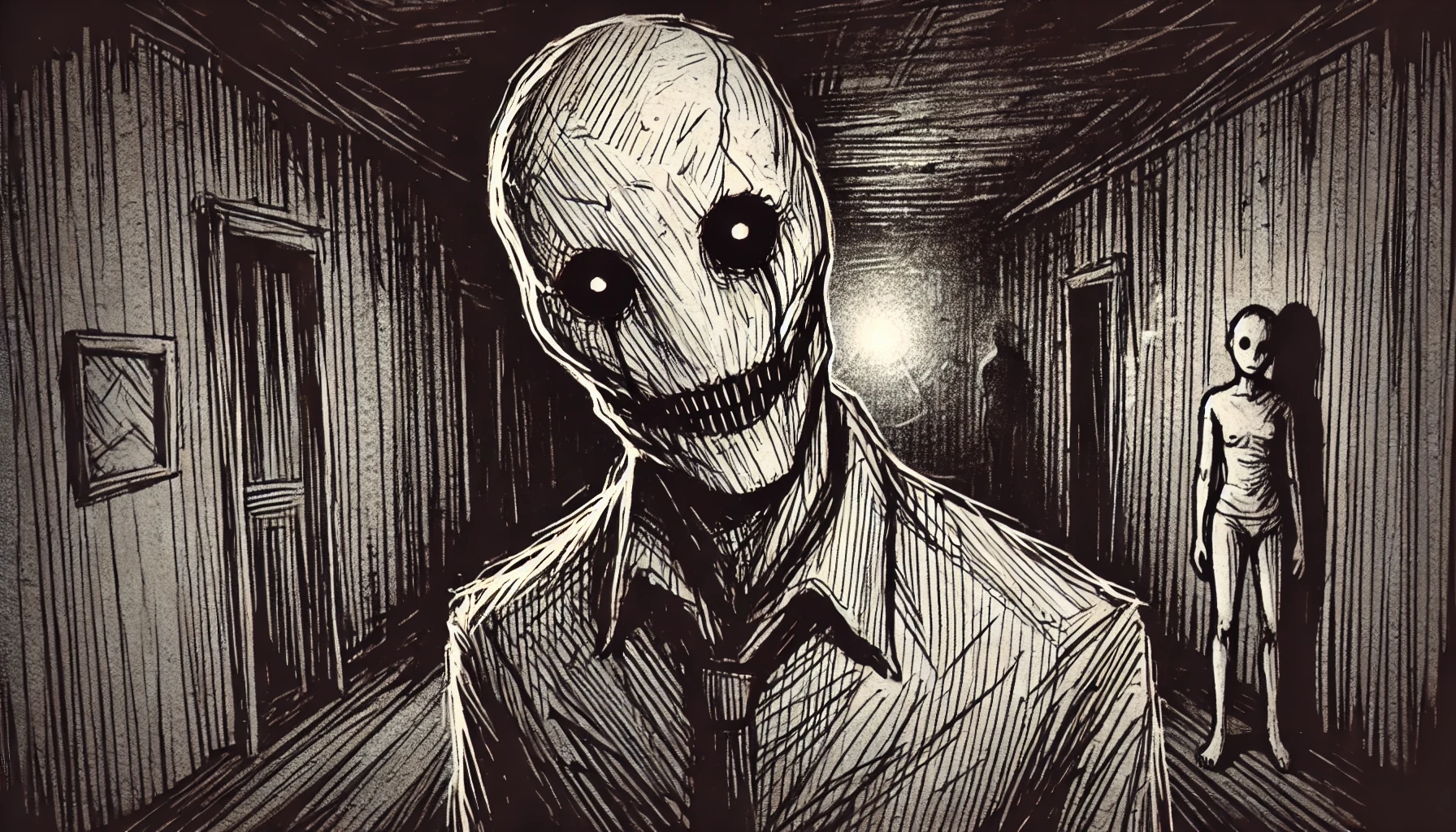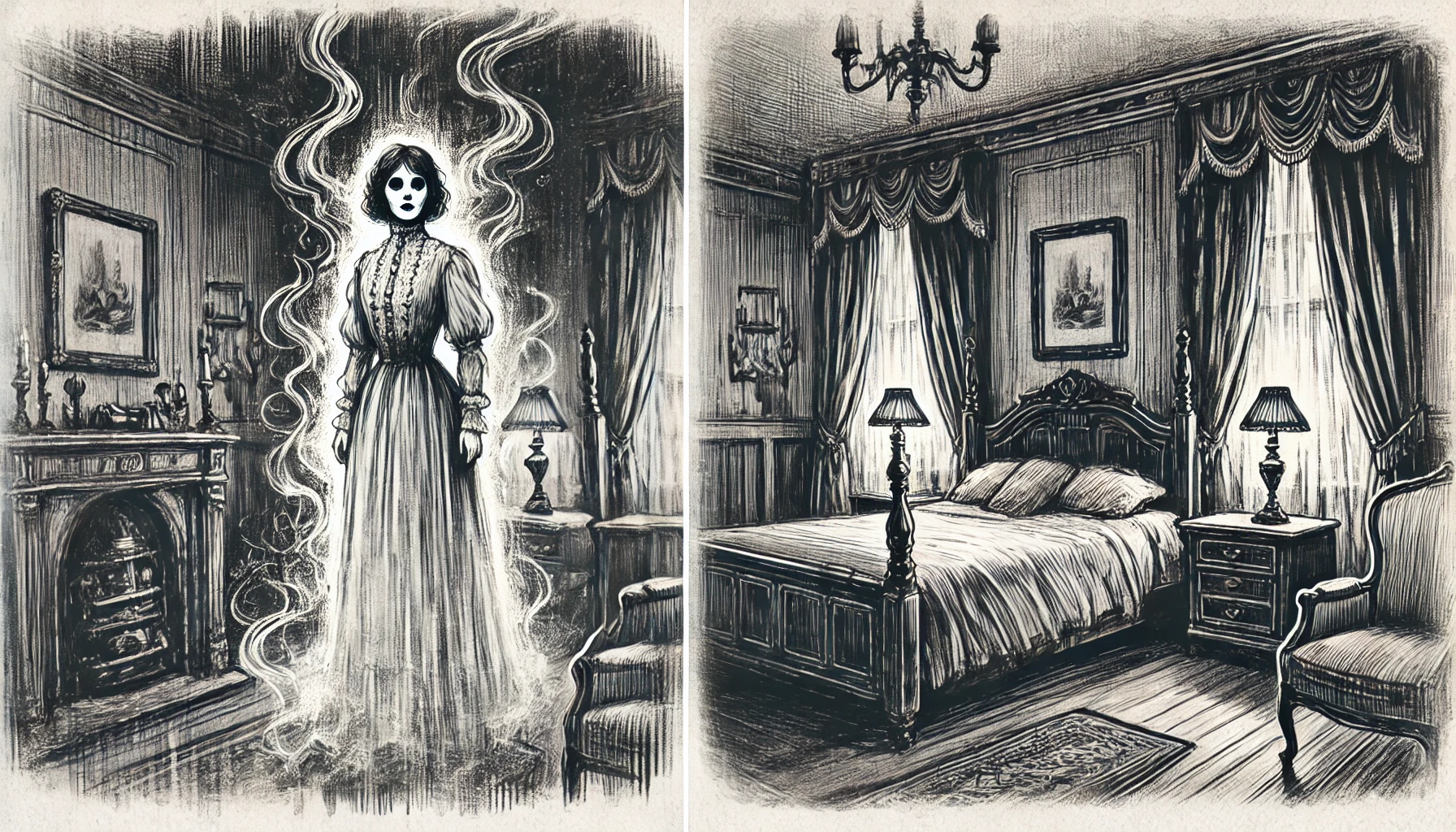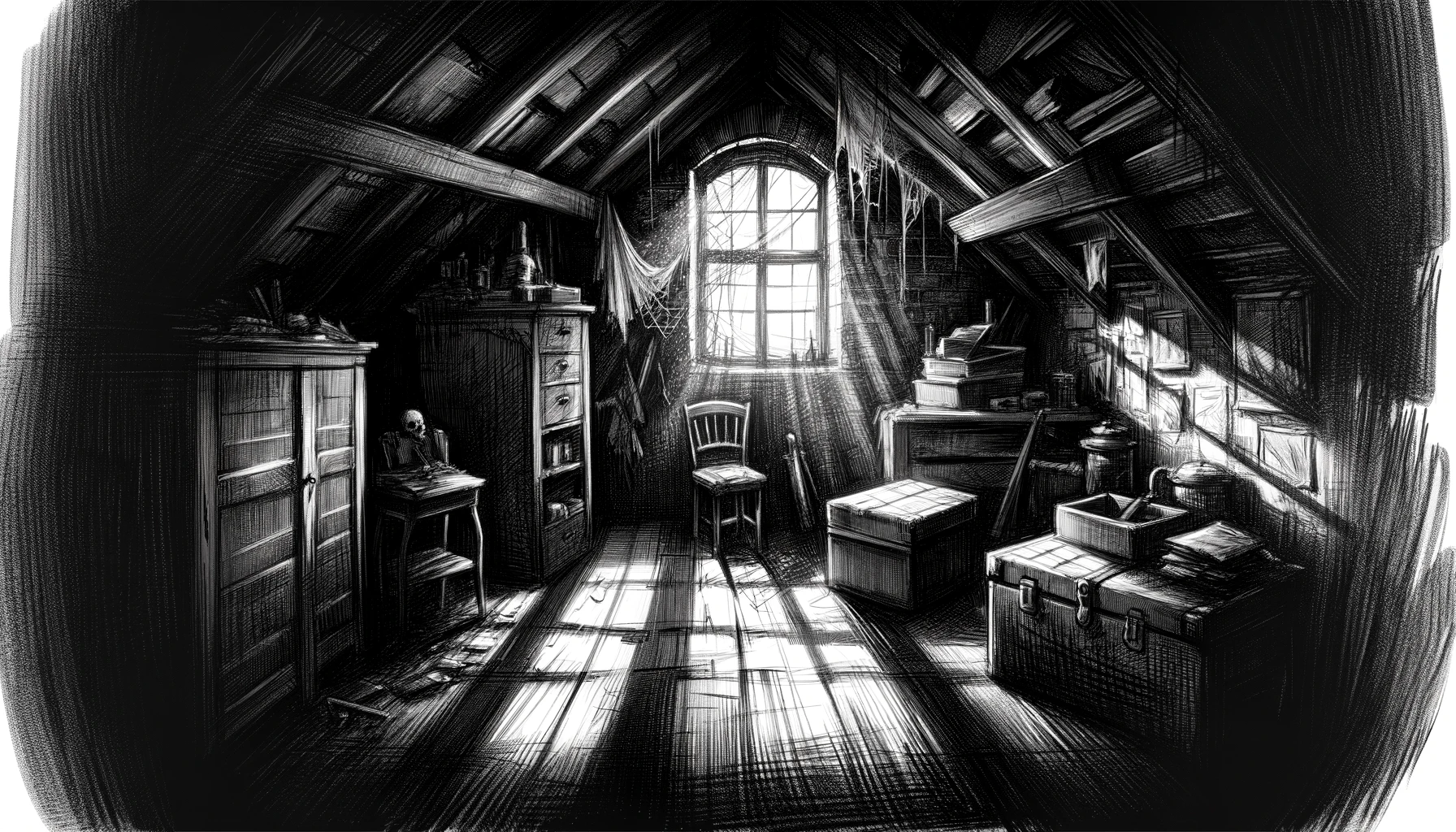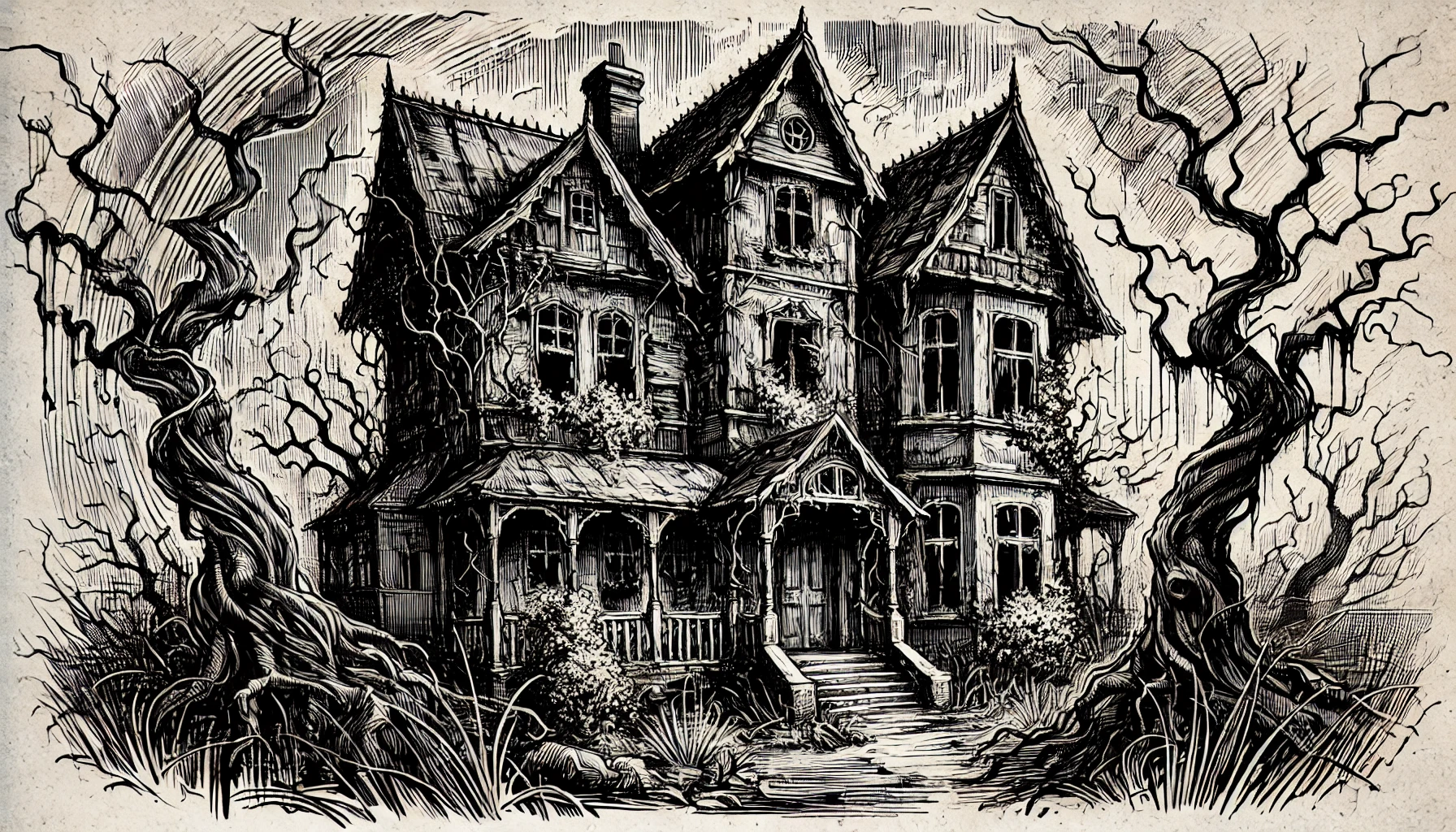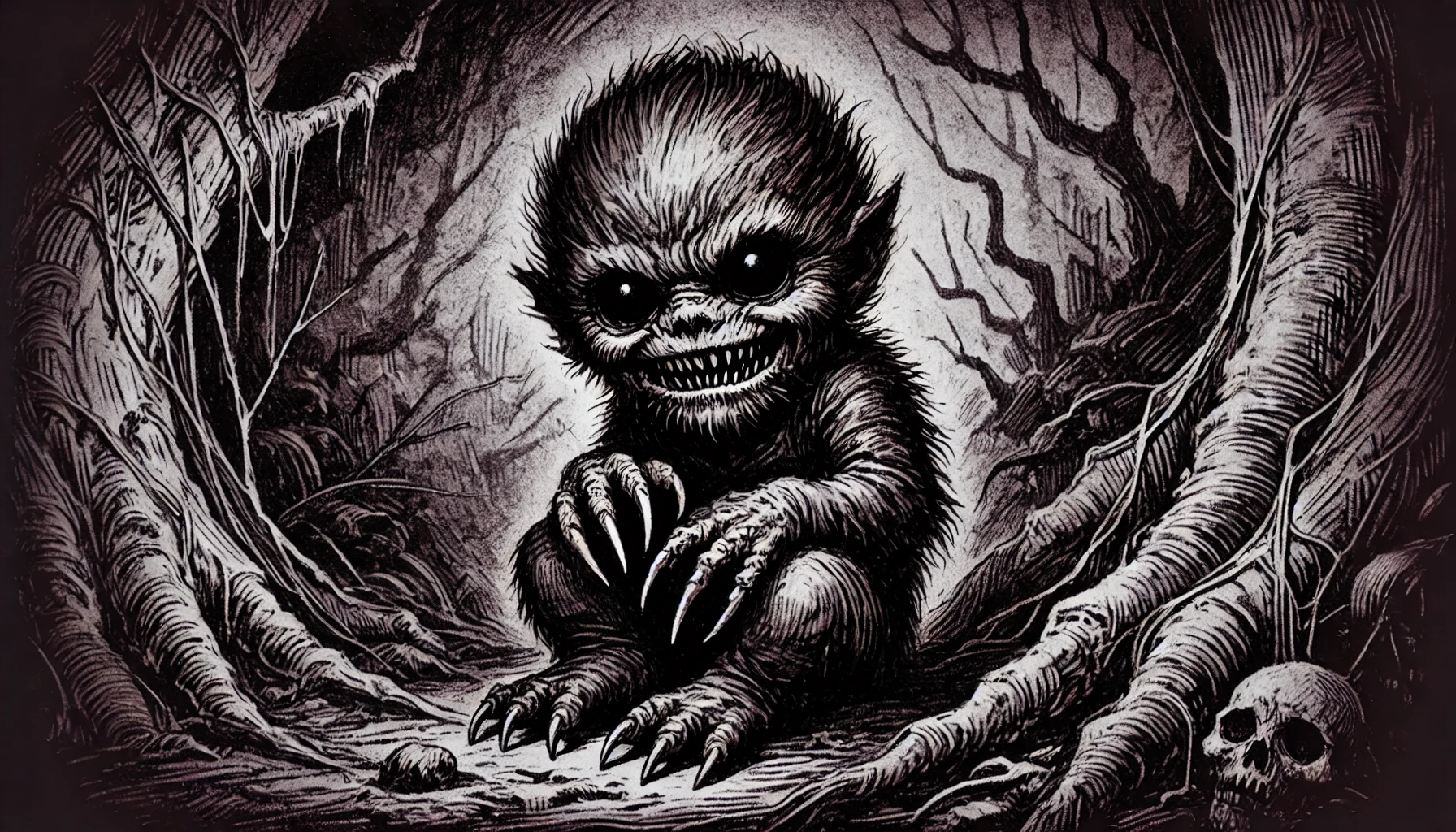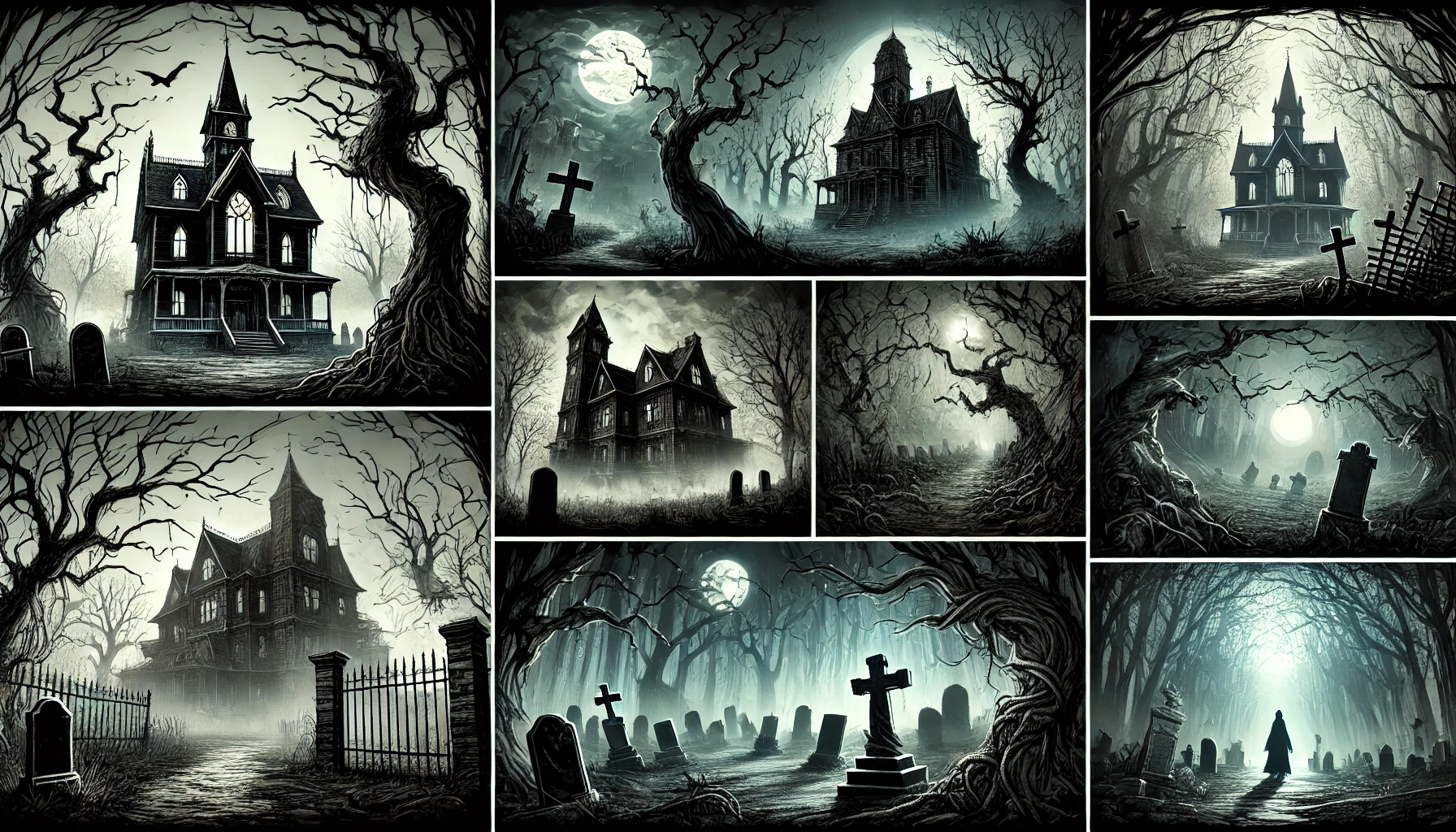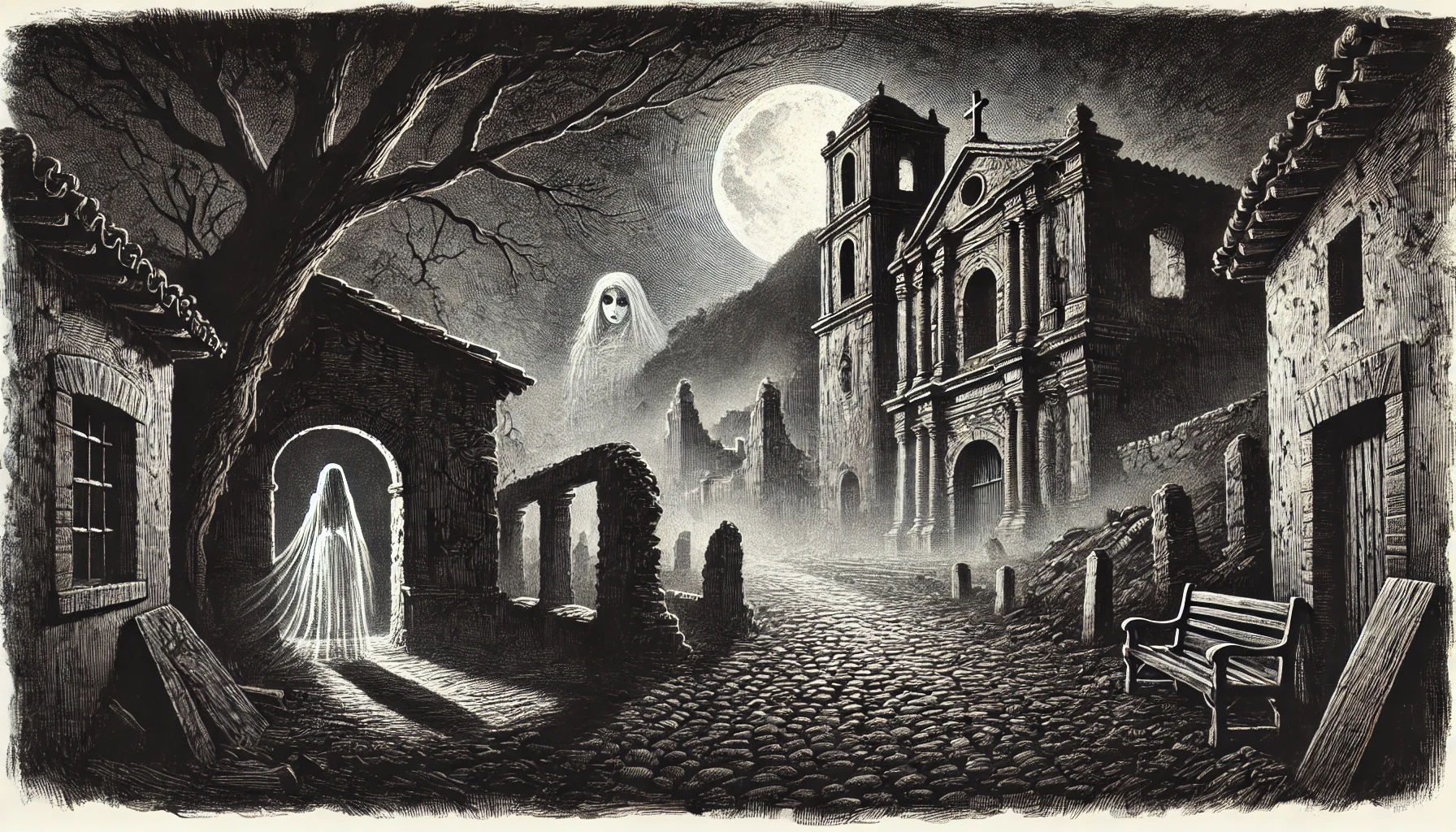There’s something almost magnetic about haunted houses, isn’t there? The isolated ones, in particular—the ones that loom on the edges of towns or deep within the folds of shadowed woods. They linger in our imagination, not as places of shelter, but as spaces that provoke an ancient, irrational part of our minds to recoil in dread. Why are these spaces so universally terrifying? Why do so many of us feel that pull, that familiar tension between wanting to look away and needing to get closer?
In our first episode of The Stories Philippines Podcast, we explored a tale of one such house, hidden away in the remote town of Silang, Cavite. But this isn’t just one story. It’s a theme woven through history, across cultures, and within each of us—the primal fear of haunted places.
The Psychological Roots of Fear in Haunted Spaces
The fear of haunted houses isn’t just about the ghosts or strange sounds. It’s the setting, the isolation, and the darkness that breathe life into that dread. Psychologists call it contextual fear, the sense of impending danger that grows stronger because of where you are, not just what you see.
The Impact of Isolation
In the case of the house from our episode, it stood alone, surrounded by a natural prison of cacao trees, dense woods, and coffee plantations. The locals called it pulo, which means “island.” Though it wasn’t an island in the traditional sense, it might as well have been. No neighbors to rush to if things took a dark turn, no lights at night except those cast by the moon through the thicket. To be alone is one thing, but to be isolated—that is a different story entirely.
Isolation brings vulnerability. There’s a reason we feel safe in numbers; our minds, programmed for survival, tell us that danger lurks more heavily where no one else treads. Haunted houses tap into that primal feeling, amplifying the helplessness, amplifying the fear.
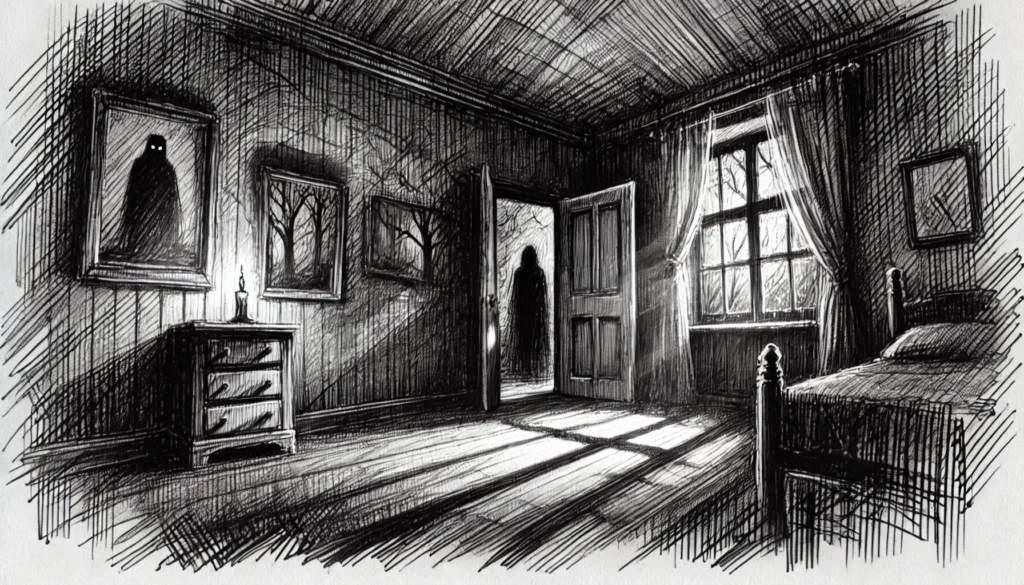
The Power of Darkness
Then there’s the darkness. It’s an age-old truth that fear thrives in the unknown, and nothing hides the unknown better than the absence of light. Dark hallways, rooms where shadows play tricks, corners just out of sight—all of these create a cloak for whatever may be lurking.
The house in Cavite had this element down to an art. Imagine living in a place where daylight itself struggles to pierce through the canopy, where shadows linger far beyond sunset. The dark amplifies every creak, every whisper. You can’t help but wonder, “Is it just the wind… or something more?”
Eerie Surroundings and an Unsettling Ambiance
The surroundings add another layer. There’s a reason we find creaky old houses, with sagging walls and cracked windows, so disturbing. An unsettling ambiance is like an unspoken promise: something happened here, and it wasn’t good.
In the story, the house wasn’t just old—it was oppressive. Nature seemed to conspire to add to the unease. Twisted tree branches leaned in, and shadows seemed thicker, somehow, as if the very environment refused to let light and warmth linger for long. This ambiance told a silent story, one of things left unresolved and spirits left restless.
Folklore and Haunted Houses in Philippine Culture
In the Philippines, haunted houses have an extra layer of terror, woven into the rich tapestry of folklore and tradition. The supernatural isn’t just a concept here; it’s an accepted part of life. And in every dark corner and ancient tree, there’s room for something other.
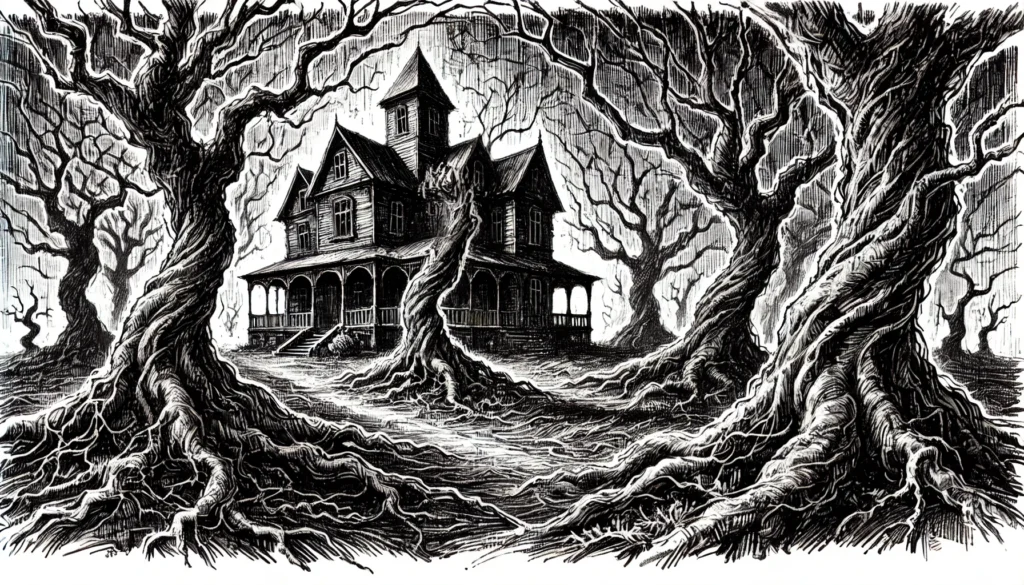
Philippine Folklore and the Supernatural
In Filipino culture, isolated places—especially old homes and buildings—are thought to be gathering places for spirits and entities. Spirits, they say, are drawn to quiet places. And this house, with its eerie surroundings, made the perfect home for more than just the living. In tales across the islands, spirits like the Kapre, a cigar-smoking giant who hides in trees, or the Tiyanak, a malevolent child-like creature, are believed to lurk in places just like this.
These aren’t the polite ghosts of Western stories, but creatures of malice, tricksters, or even predators. When a house becomes host to such presences, it transforms from mere shelter to a domain of dread.
Famous Haunted Places in Philippine Folklore
The house in our story isn’t alone in its terror. The Philippines is dotted with infamous haunted places like the Bahay na Pula, a blood-red house in Bulacan, or abandoned hospitals like the Diplomat Hotel in Baguio. Each of these places is known not just for its history, but for the lingering sense of dread it inspires. To visit one of these places isn’t just sightseeing; it’s an experience of something much darker.
Each of these houses and sites carries its own unique aura, but they share the same traits: isolation, eerie surroundings, and a lingering question in the minds of visitors—what happened here?
The Universal Fear of Haunted Spaces

Despite cultural differences, haunted houses hold a universal appeal. From Filipino kapres to European banshees, these spaces speak to a shared human fear of the unknown.
Haunted Houses Across Cultures
The features that make a haunted house terrifying are similar across cultures: the dark, the eerie quiet, the lingering air of something unspoken. In Japan, abandoned homes called kubitsuri bashi are sites of ghostly legends; in England, old castles carry tales of spirits bound by tragedy. Isolation and darkness are the constants, connecting fears from one culture to another.
Why We’re Drawn to Haunted Spaces
And yet, we’re drawn to them. Why? Perhaps it’s because, in that moment of fear, we feel a spark of life, a thrill that takes us out of the mundane. Fear, in its way, is thrilling—it shakes us awake, forces us to be present, and confronts us with our own mortality.
To stand in a haunted house is to confront not only what might be hiding in the dark but the darkness within ourselves.
Conclusion: The Anatomy of Fear in Haunted Houses

So, what makes haunted houses so terrifying? It’s the isolation, the darkness, the eerie surroundings, and the way these elements stir the unseen. Haunted houses are a stage for our deepest fears, and in that darkness, we see not only the possibility of ghosts but our own vulnerabilities.
The “house in the middle of nowhere” in Episode 1 is more than just a location. It’s a character, a keeper of secrets and shadows. It’s a place that doesn’t just shelter fears—it embodies them. And for those brave enough to listen, it’s a reminder of one thing: in haunted places, fear isn’t just present—it’s alive.


